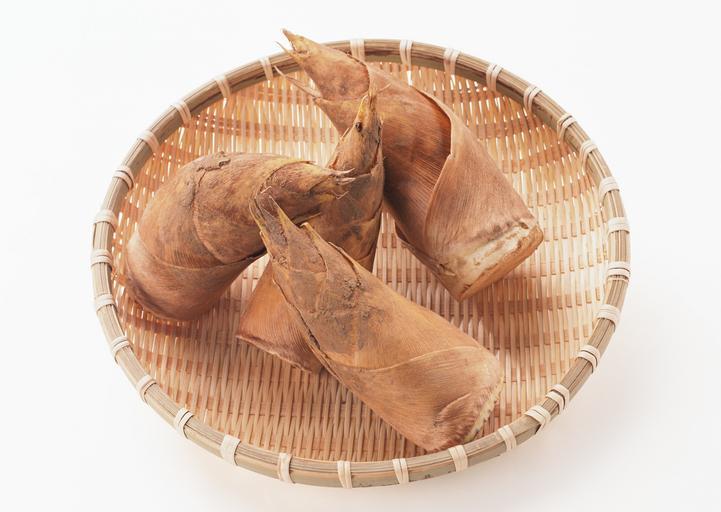Abstract
When looking at the trends in domestic and imported root vegetable production in Japanese agriculture, clear differences emerge from the 2022 data. Domestic bamboo shoots are priced at 497 yen per kg, while imported bamboo shoots are priced at 1,530 yen per kg. This price difference shows that domestic products are significantly cheaper than imported products. Judging from past trends, domestically grown root vegetables are relatively inexpensive and are likely to be supplied primarily by local producers. On the other hand, imported goods are expensive and may be imported to meet demand. It is also important to take into account that the production volume and price of domestically grown root vegetables fluctuate depending on the season. Due to these characteristics, there is a price difference between domestically produced and imported root vegetables in the Japanese agricultural market, making the balance between supply and demand an important factor. It is also believed that consumers make purchasing decisions taking into account factors such as price, quality, and local production and consumption.
Domestic prices of root vegetables
Looking at the trends in domestically produced root vegetables in Japanese agriculture, we can see that the prices of certain root vegetables tend to peak and decline between 2004 and 2022. In 2016, lotus root recorded a peak price of 587 yen per kg, but subsequent data shows that the price has fallen to 80.2% of the peak. Based on this trend, it appears that root vegetable prices fluctuate from year to year, sometimes rising sharply at peak times, but then tend to stabilize or decline. This may be influenced by crop production, demand, weather conditions, etc. Seasonal factors may also play a role in price fluctuations of domestically produced root vegetables. It is common for production to peak during certain seasons and prices to fall. However, prices may rise during seasons of increased demand. Due to these characteristics, the market for domestically produced root vegetables in Japanese agriculture is complex, with various factors influencing prices and supply. Producers and consumers take these fluctuations into account and respond to market trends.


The maximum is 587Yen/kg[2016] of Lotus root, and the current value is about 80.2%
Import prices of root vegetables
According to data from 2022, Japan’s vegetable import market saw the highest price by prefecture for bamboo shoots at 1,530 yen per kg, which was the highest overall. This data shows that the imported vegetable market is hitting new highs. Considering past trends, there may be an increasing demand for imported products in the Japanese vegetable market. Imported vegetables are believed to play an important role in meeting domestic production shortages and increasing demand. It also suggests that vegetable imports from abroad account for a certain share of Japan’s food supply. Additionally, with the price of bamboo shoots hitting an all-time high, there may be other factors influencing the market, such as increased demand and decreased supply, especially for this vegetable. This may be due to factors such as climatic conditions and changes in agricultural policies in producing countries. Overall, Japan’s vegetable import market is fluctuating, with the balance of supply and demand affecting market prices. Consumer eating habits and growing health consciousness may also be influencing market trends.


The maximum is the latest one, 1.53kYen/kg of Bambooshoot



Comments